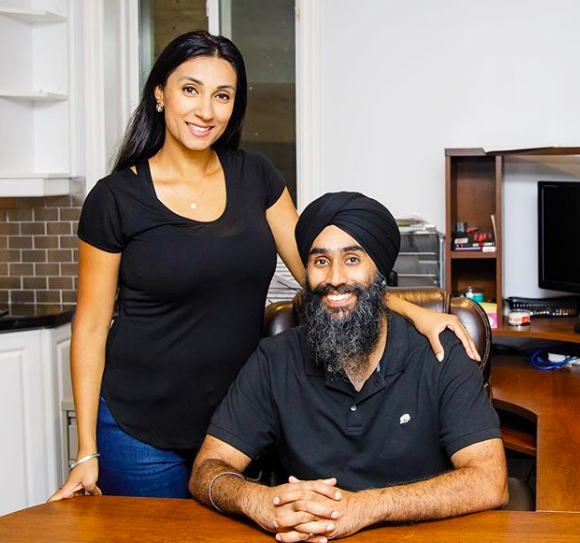
Your big day has finally arrived. You have been preparing for a year and now it’s finally your turn to be a bride. Weddings are wonderful and joyous occasions and people spend a whole lot of time, money and effort preparing for them. But what happens the day after the wedding? How do you actually adjust to life as a married couple? How do you know what to expect? Will you live with your husband and his family? What will that look like? Let’s talk about marriage in real life.
When I got married almost 11 years ago, there weren’t many people around to give me advice. I was the first of most of my cousins to get married and beyond the wedding, I didn’t really prepare for anything. I didn’t know what the first year of marriage would be like and that it’s WAY harder than I had ever imagined. People call it the honeymoon phase but really it’s a period of MAJOR adjustment. I wish I had had someone to tell me that. I dated my husband for four years before we got married and looking back on the situation, I can’t help but wonder how those who have arranged marriages or shorter courtships handle the transition.
[Read More: Arranged Marriage: How Are Promises of a Lifetime Made in One Day?]
I tend to get a lot of questions from people about what life as a married couple is like and what to expect after the actual wedding. This is why I created the “Marriage in Real Life” series on my YouTube channel. It’s a three-part series that discusses three main topics:
1. Top 5 things to discuss BEFORE you get married
2. What the first year of marriage is REALLY like
3. Living with IN-LAWS after marriage
I hope by bringing these topics to the forefront I can help encourage couples to discuss things BEFORE getting married so that when the time comes you feel better prepared.
What were some of the issues you have faced in your marriage?




